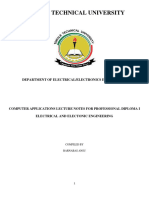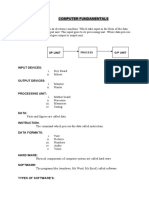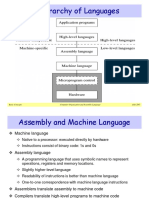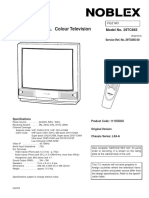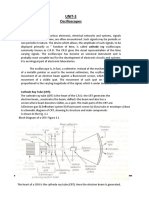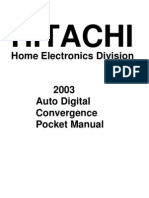0% found this document useful (0 votes)
92 views20 pagesComputer Graphics
The document discusses the basics of computer graphics including what it is, its advantages, applications and components of a cathode ray tube video display device. Computer graphics involves generating, manipulating, storing and displaying graphics objects instead of simple text. Major components of a cathode ray tube include the electron gun, control grid, phosphor screen, accelerating anode, focusing system and deflection system.
Uploaded by
Allirani R Computer ScienceCopyright
© © All Rights Reserved
We take content rights seriously. If you suspect this is your content, claim it here.
Available Formats
Download as PDF, TXT or read online on Scribd
0% found this document useful (0 votes)
92 views20 pagesComputer Graphics
The document discusses the basics of computer graphics including what it is, its advantages, applications and components of a cathode ray tube video display device. Computer graphics involves generating, manipulating, storing and displaying graphics objects instead of simple text. Major components of a cathode ray tube include the electron gun, control grid, phosphor screen, accelerating anode, focusing system and deflection system.
Uploaded by
Allirani R Computer ScienceCopyright
© © All Rights Reserved
We take content rights seriously. If you suspect this is your content, claim it here.
Available Formats
Download as PDF, TXT or read online on Scribd
/ 20



























